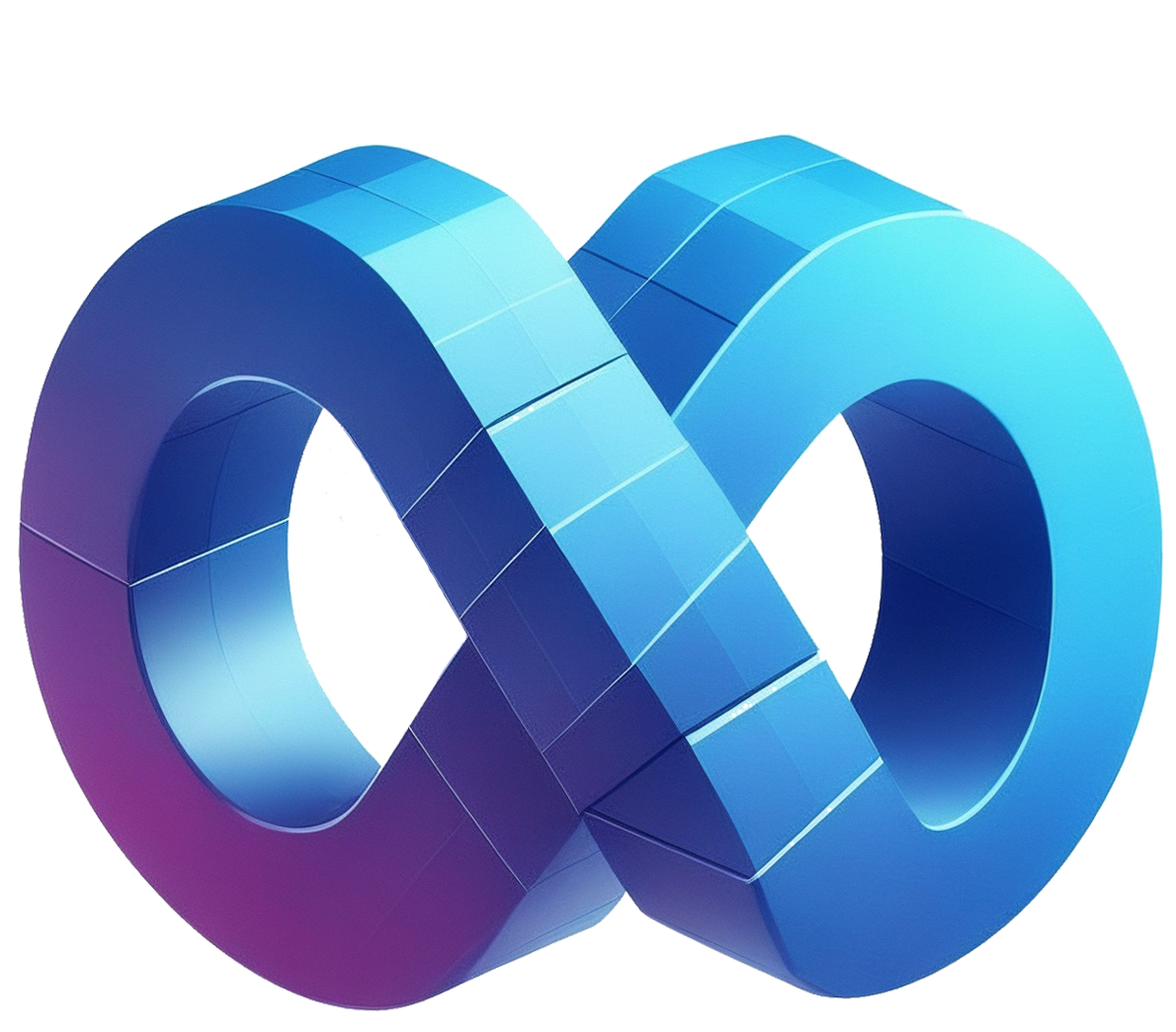French Bank's SG Forge to Launch Dollar-Backed Stablecoin on Ethereum

SG Forge, the cryptocurrency and blockchain division of Société Générale, one of Europe’s largest financial institutions, is preparing to launch a dollar-backed stablecoin on the Ethereum blockchain, according to a report by The Big Whale. This strategic move positions Société Générale as the first global banking group to issue a US dollar stablecoin on a public blockchain, marking a significant milestone. The stablecoin, initially aimed at institutional investors, is expected to address the growing demand for secure and regulated dollar liquidity in tokenized form within the European Union.
The initiative follows SG Forge’s earlier foray into stablecoins with the launch of EUR CoinVertible (EURCV), a euro-denominated token introduced on Ethereum in April 2023. That product, designed for institutional clients, established SG Forge’s framework for regulated digital assets but remained focused on the smaller euro stablecoin market. With plans to expand the new dollar stablecoin to other networks like Solana after its Ethereum debut, SG Forge is now entering the highly competitive and rapidly growing dollar stablecoin market, which boasts a combined market cap of nearly $250 billion.
Stay In The Loop and Never Miss Important Crypto News
Sign up and be the first to know when we publishInstitutional Demand and Regulatory Clarity Drive Stablecoin Expansion
SG Forge’s dollar stablecoin is poised to capitalize on the increasing institutional interest in stablecoins as a bridge between traditional finance and blockchains. The firm’s e-money license under EU law, akin to that held by Circle, the issuer of USDC, enables it to legally operate this stablecoin within the European Union, providing a compliant alternative to US-based fintech issuers like Circle and Tether. This regulatory backing is critical, as the EU’s Markets in Crypto Assets Regulation (MiCA) imposes stringent requirements on stablecoin issuers, including high reserve thresholds and licensing obligations. While these rules have posed challenges for scaling euro stablecoins like EURCV, which holds €40 million of the €300 million euro stablecoin market, they also offer legal clarity that fosters institutional trust.
The broader stablecoin market is experiencing a surge in adoption, driven by regulatory momentum and expanding real-world applications. In the United States, proposed legislation such as the GENIUS Act reflects growing political support for payment stablecoins, advocating for stricter reserve backing and issuer oversight. Although not yet enacted, such efforts signal a shift toward formalizing stablecoins within traditional financial systems. Globally, fintech and financial giants are embracing stablecoins as critical infrastructure, with companies like Stripe acquiring stablecoin platforms and Visa and MasterCard integrating stablecoin based products into mainstream payment networks.
SG Forge’s entry into the dollar stablecoin market introduces a new dynamic, as it combines the credibility of a regulated European banking institution with the innovation of blockchain technology. Unlike JPMorgan Chase’s JPM Coin, which operates on a private, permissioned blockchain for internal use, SG Forge’s stablecoin will leverage public blockchains, offering greater accessibility and interoperability. This approach aligns with the growing trend of convergence between traditional finance and decentralized systems, as institutions seek to meet the demand for secure, efficient, and compliant digital assets.

